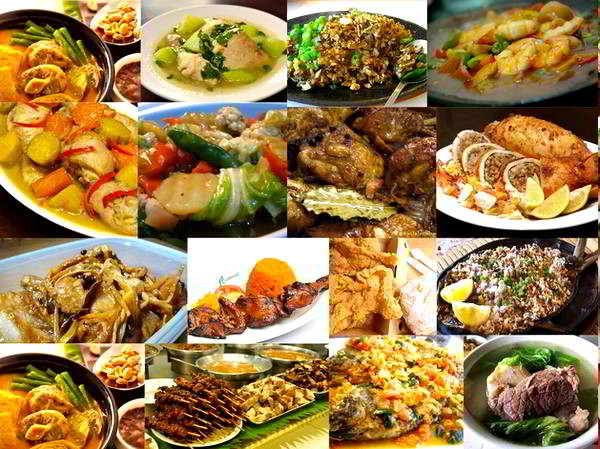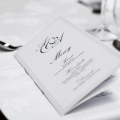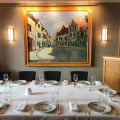When going into the food business, it is always best to start small. In this, one would better understand how it is run. This will also allow one to have more time to focus on the important aspects of the business, rather that worrying about managerial problems as in big businesses.

Catering is the cooking and serving of special dishes, preparation and decoration of venue for a special occasion, feast, meeting or other gatherings. Servers and waiters are hired and paid per function or occasion.
Kinds of Catering Services
Full Catering. In this type of service, the caterer serves the food, prepares and manages all details of the occasion. This includes the provision of equipment, utensils/wares that will be used, decoration of the venue, table setting, serving and clean up of the equipment used.
Partial Catering. This is almost the same as the full catering. The only difference is that a partial catering serves only part of the entire menu. Other dishes may be cooked or served by the client himself or by another caterer. The caterer only does the arrangement of the venue and food servicing.
Service Only. The client is the one who prepares the food. The caterer only takes care of arranging the venue and is in charge of the food service. This may include the provision of entertainment like song and dance numbers and games, giveaways or souvenirs for the guests.
Utensils, Wares and Equipment Used in Catering
Catering does not immediately require a big capital. One may start as a home-based venture for as long as the kitchen space is big and clean enough for cooking varied dishes. However, a complete set of utensils, wares and equipment are needed to start the business. Below are some of the basic utensils needed:
Chafing dish, used to keep the dishes clean and hot.
Flatware, table utensils such as knives, forks and spoons for ordinary occasions.
Silverware, high value and elegant table utensils for grand and special occasions.
Drinking glasses, ordinary glasses and goblets used to serve beverages.
Plates and serving dishes, separate sets for ordinary and special occasions.
Disposable cups, plastic or paper cups used for picnic and children’s party.
Tablecloth and napkin can be tailor-made to fit the style and size of your table.
Case, used to keep glasses, plates and other table utensils while in transit.
Table decorations like table centerpiece, flower vase and colored lights to make the venue more attractive.
Ashtrays, for smoking visitors and provided only upon request and if there is a designated smoking area in the venue. Tables and chairs that can be rented.
Points to Consider in Making A Catering Service Contract
Before entering into a contract, the following should first be settled and understood by both the caterer and client:
Occasion or gathering
Motif of the occasion to complement the decoration
Number of guests
Menu based on the choice and budget of the client
Cost of food to be served
Payment scheme
Serving system
A 50% down payment may be required upon signing of the contract to guarantee payment of cost of ingredients already bought should the client withdraw from the contract. In this way, losses are avoided.
Allowance for Food
In the occasion that the number of guests exceeds what is expected, a caterer must have food ready for them. Thus, a caterer usually makes a 10% allowance from the agreed number of guests to be served. The caterer will only have to charge the additional foods served.
Emergency
Be prepared for whatever accident or emergency that may arise in delivering or serving foods. Bring extra equipment/materials like tablecloths, tables, drinking glasses and plates as replacement in case these are soiled, broken or damaged. It is also important in the catering business to have a vehicle to be used for delivery and pick-up of food, equipment and utensils. If the budget is not enough to have your own vehicle, you may have to rent first for your marketing and delivery service needs.
Click here on how to plan a menu for catering business
Click here on how to portion a serving for catering business
Business Registration Requirements:
* Register your business name with the Department of Trade and Industry.
* Obtain a barangay clearance.
* Sanitary Permit
* Secure a Mayor’s Permit.
* Get a TIN from the Bureau of Internal Revenue
Source: trc.gov.ph






